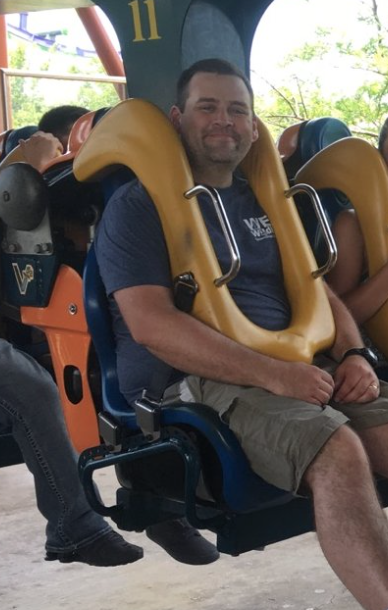Over the past two weeks, I decided to take a few breaks from research to see what my peers were up to so far this summer! I was able to go on a few short road trips, spend lots of time in the field soaking up the sun, and hang out with ENDLESS amounts of cute turtles!
Turtling Adventure #1: Lake County bound to visit John and Lauren!
My turtling adventures started with a short road trip up north to help John and Lauren with their Blanding’s turtle research! I was able to spend a week last summer working with Blanding’s, so I was well aware that it was going to be a fun and productive week! I was looking forward to another week full of learning about Blanding’s because there are several interesting species differences between them and Eastern box turtles!
Here are a few things I learned…
- Turtles may look phenotypically similar, but that doesn’t mean their internal anatomy is exactly the same! The first Blanding’s turtle I performed venipuncture on caused me a bit of a struggle until I found that their subcarapacial sinus is often more superficial than the sinus of an Eastern box turtle! It was a small anatomical variation, but sometimes you need to step back and remember that all turtles are not the same!
- WARNING: When you try to remove a bull frog from a trap, it may let out a noise that sounds like a young child screaming. If you have not heard the noise before, you are likely to freeze with a confused look on your face
- Blanding’s turtles are attracted to a wide range of random food items… including hot sauce
- Cray fish can be the size of lobsters
- Female Blanding’s turtles do not fear trains and they will find a comfy spot to lay their eggs on the tracks
- If you normally go out on land to radio telemeter turtles… it is a whole new experience when you add in that they can be under water…. swimming around you in circles… trying to confuse you
- Hiking in the blazing sun is already a work out, but exhaustion doubles when you put on some thick waders, get stuck in muddy water, and have to work to get out!
- (cont. of #7) If you do get stuck and end up falling in the water (and flood your waders)… it is a known rule that you owe everyone donuts!
- Some turtles see the “free lunch” sign on the traps and they will be found hanging out close by, hoping to take part in the sardine lunch buffet during trapping weeks
- Blanding’s turtles are bulkier and have sharper nails than Eastern box turtles so you always need to bring extra gloves
- WEEKLY BONUS: Dr. Allender doesn’t just “ride” rollercoasters… he “LOVES” them (see below)
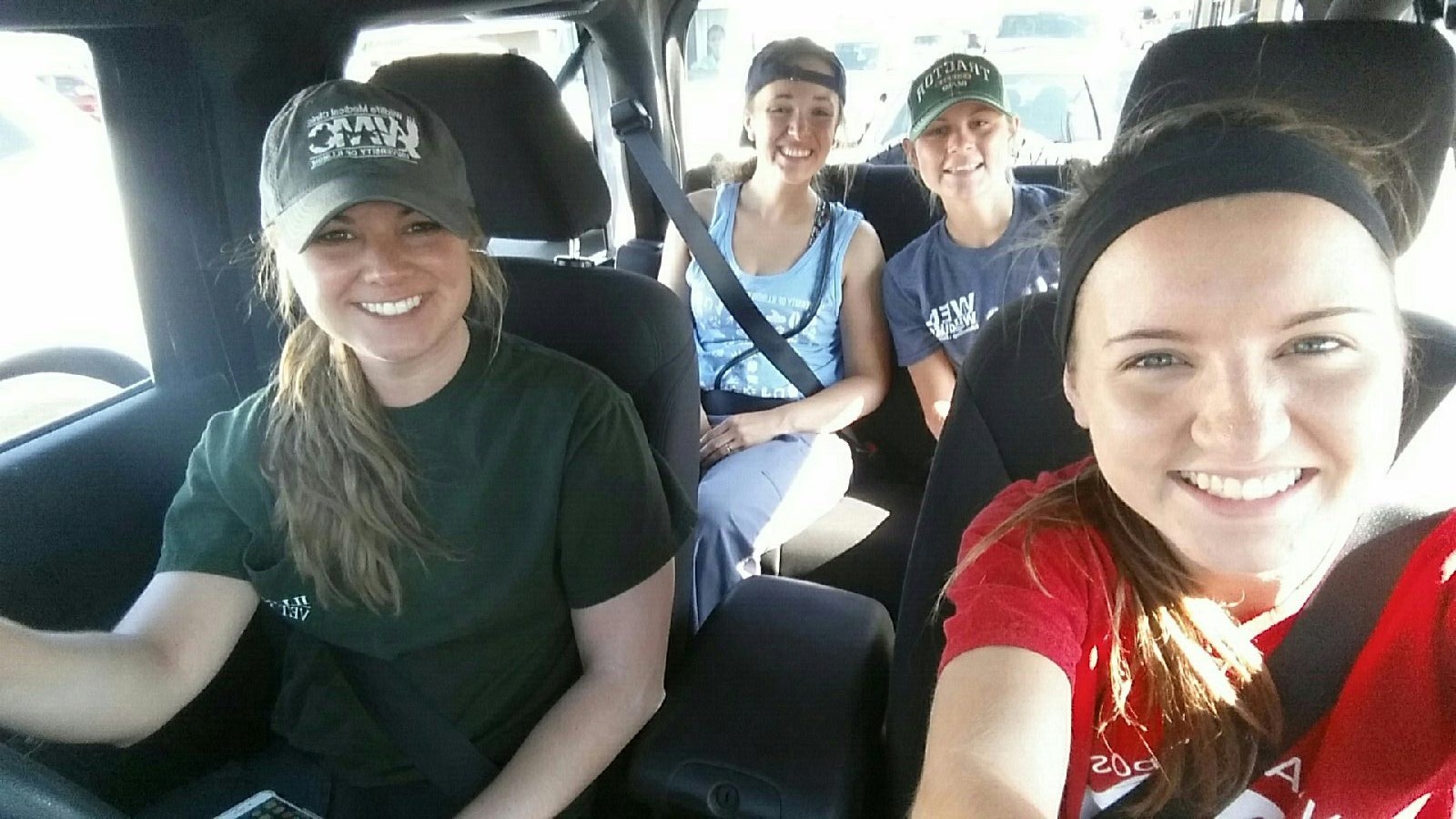
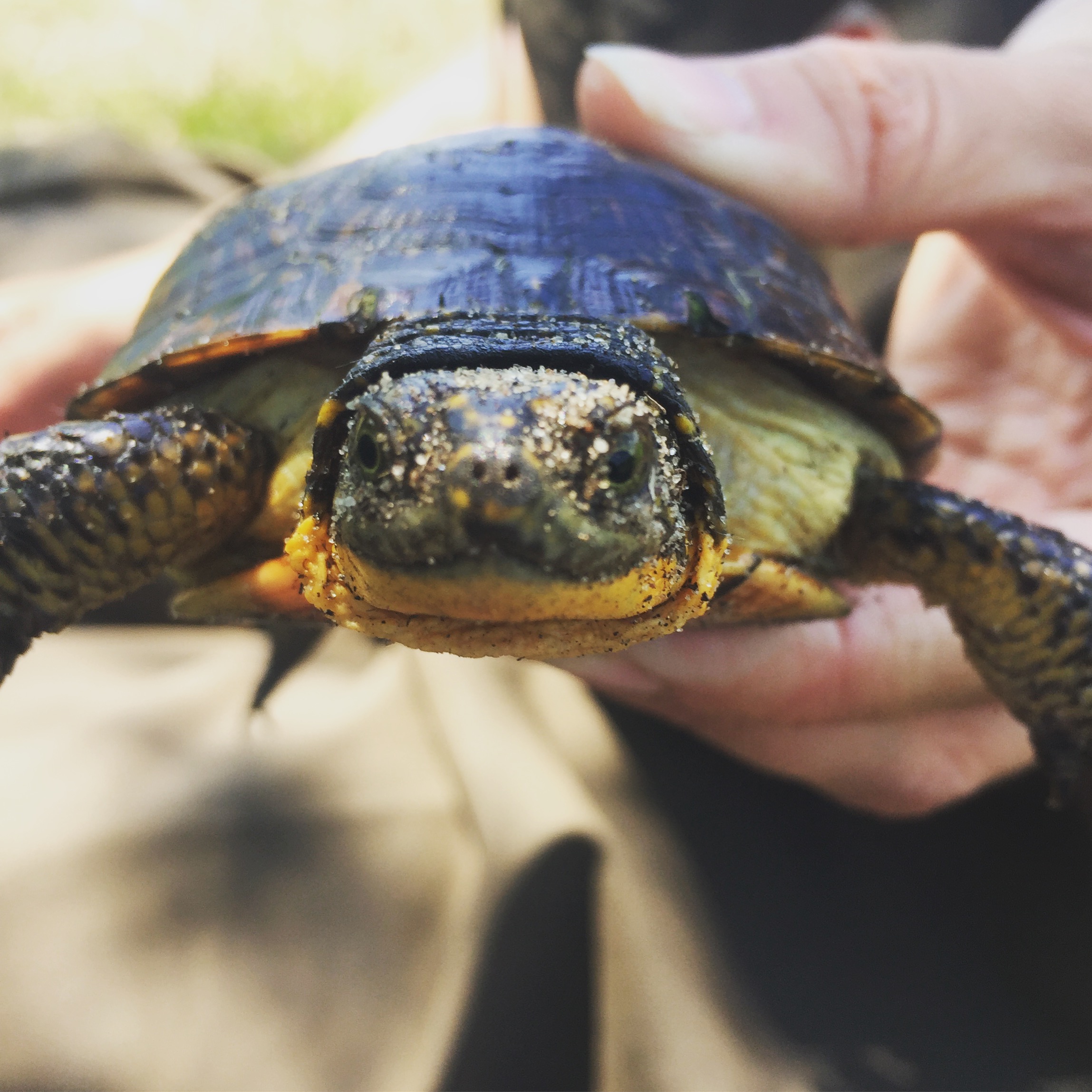

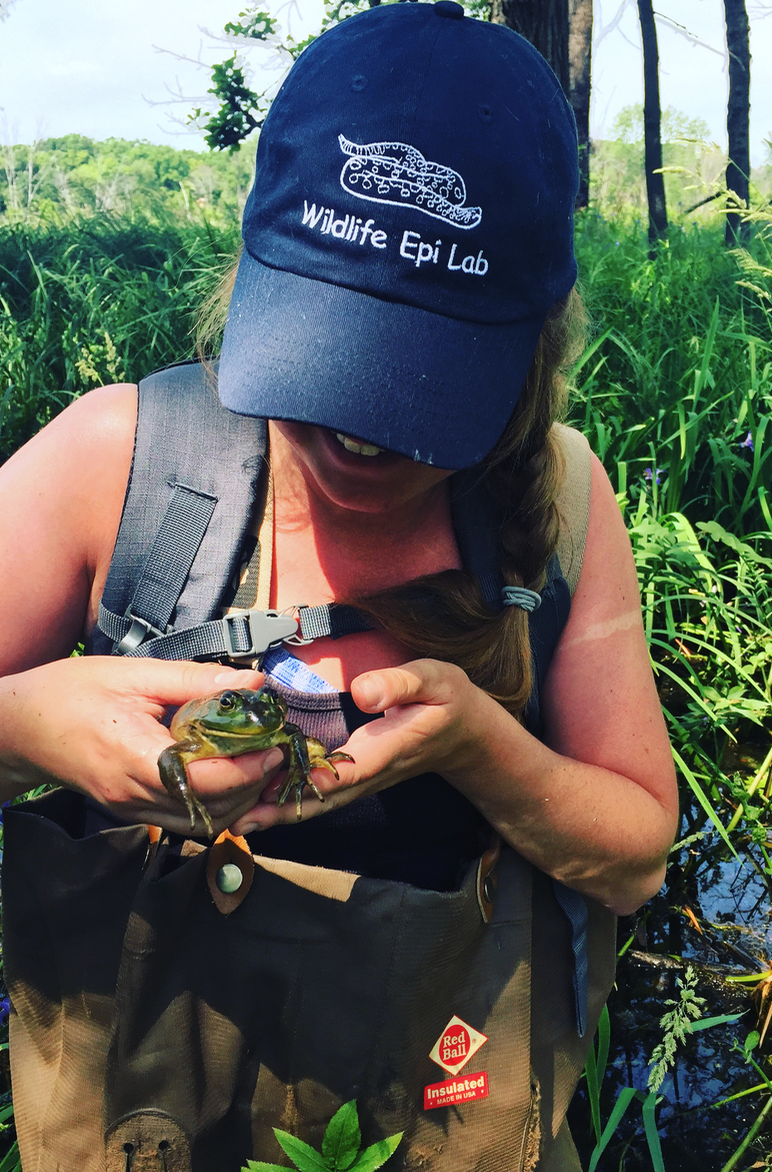
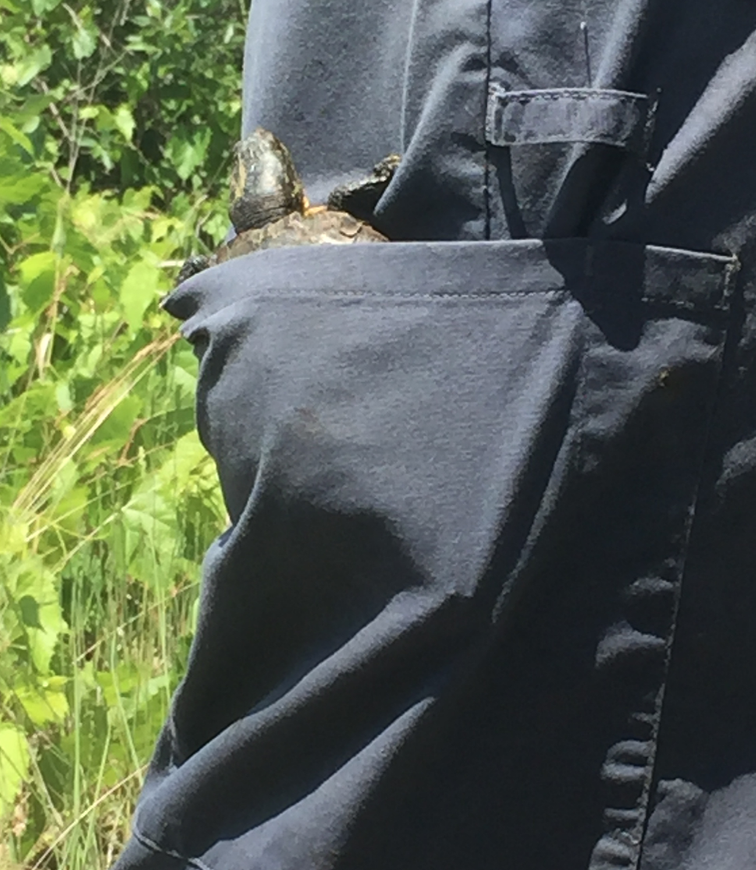
Turtling Adventure #2: Turtle Tracking with Michelle and Jeremy!
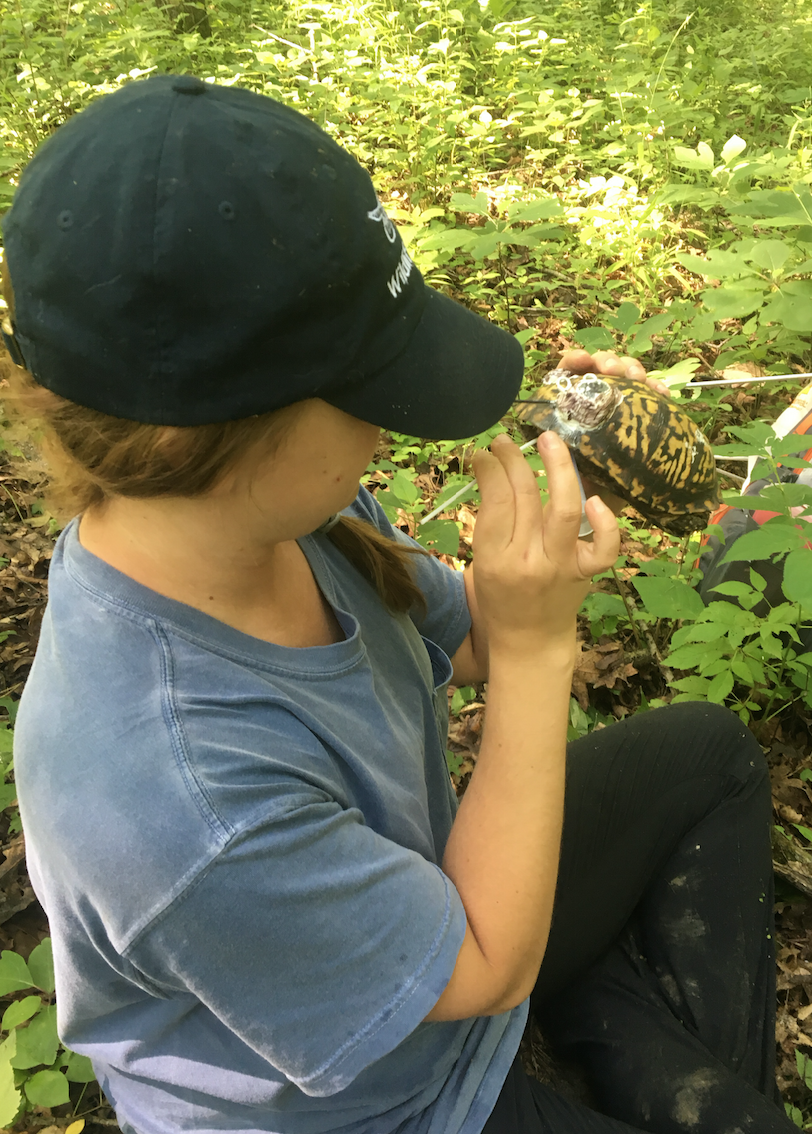
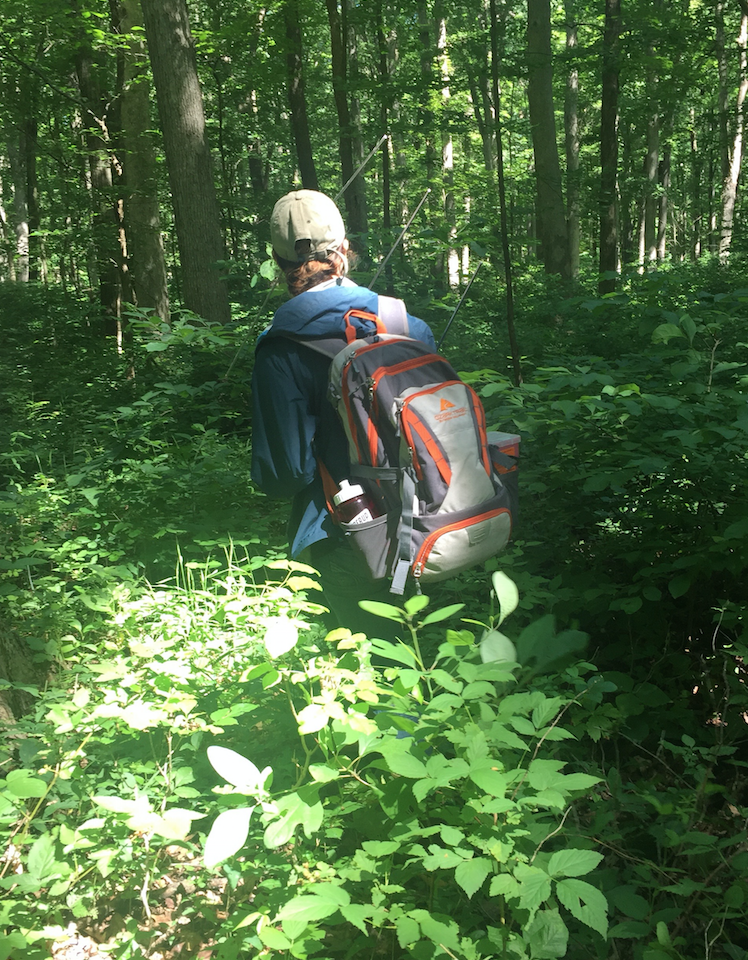
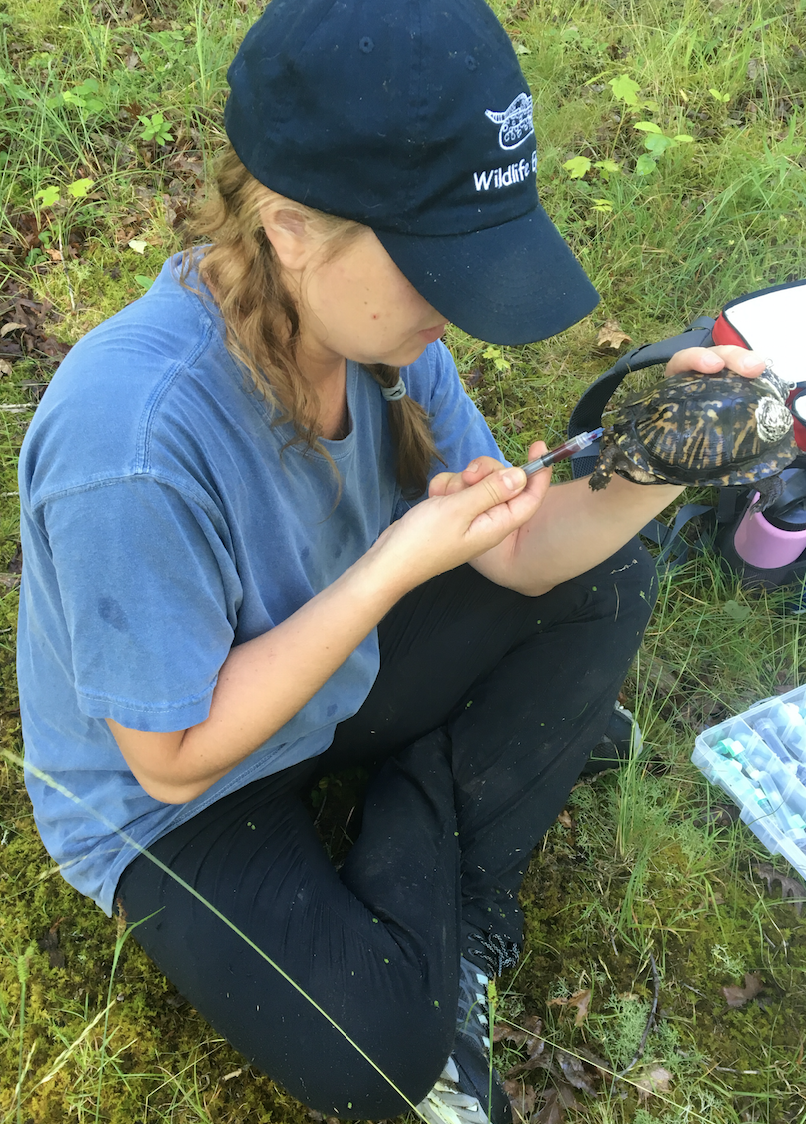
Back to Vermilion County… back to working with Eastern box turtles! Jeremy needed some extra hands to help on sampling day, so I decided to tag along! Even though I have been out with him many times, there is always something new to learn (or relearn) about radio telemetry and Eastern box turtles!
Continued turtling education…
- Turtles do not fear climbing down and then back up near vertical inclines
- Turtles can travel a lot faster/further than one would think
- Eastern box turtles are commonly found eating slimy slugs
- The radio telemetry equipment is a lot heavier than it looks and your arms will be very sore after a day of tracking
- Female turtles love to wander off onto private land to lay their eggs
- Turtles will often respond to being picked up by peeing on you
- Every turtle has its own personality
- Mosquitos don’t care much about bug spray
- If you take me out with you on a hike… pack a rain coat and expect a down pour!
- When the turtle you are trying to telemeter is at the bottom of a ravine, the signal may continuously bounce and you will find yourself going up and down several times before realizing the turtle is hanging out at the bottom (or Jeremy is playing tricks on you for entertainment)
- WEEKLY BONUS: Phd student, Jeremy, is fortunate to have left Kickapoo with only a few cuts and bruises after having unforeseen contact with an angry cow
Turtling Adventure #3: Last day out with the Turtle Team
I decided last minute to go out with the 2017 Turtle Team, Marta, Sam, and Dr. Laura for their last hike of the summer with the dogs. Even though it was only my second time out with the turtle dogs this year, I was still bummed that turtling season with the pups was almost over!
More to learn…
- There is a feral cow wandering around Kickapoo State Park.
- The turtle dogs are not bothered by thorns and will often make you personally feel like a weakling when you find yourself saying “ouch” every few seconds…
- The human eye may struggle to spot turtles… but there is never a shortage of amphibians being spotted by vet students
- Turtles are not always found hiding in expected locations
- If you think you found a “newborn baby turtle” and get excited… you will likely discover it is already a few years old
- Eastern box turtles DO smile at you
- Turtles are TANKS. Having a missing limb doesn’t even phase them (as we have seen in free ranging turtles several times over the past two years)
- Stinging nettles do exist (sorry to anyone I may have told was making it up…)
- Turtle dogs never get tired of searching for turtles
- Members of the 2017 turtle team are amazing and there was no lack of motivation to save the world one turtle at a time
- WEEKLY BONUS: Every turtle is told they are the cutest, “bestest,” and “favoritest” by Dr. Laura. So we can conclude that all turtles are pretty amazing!
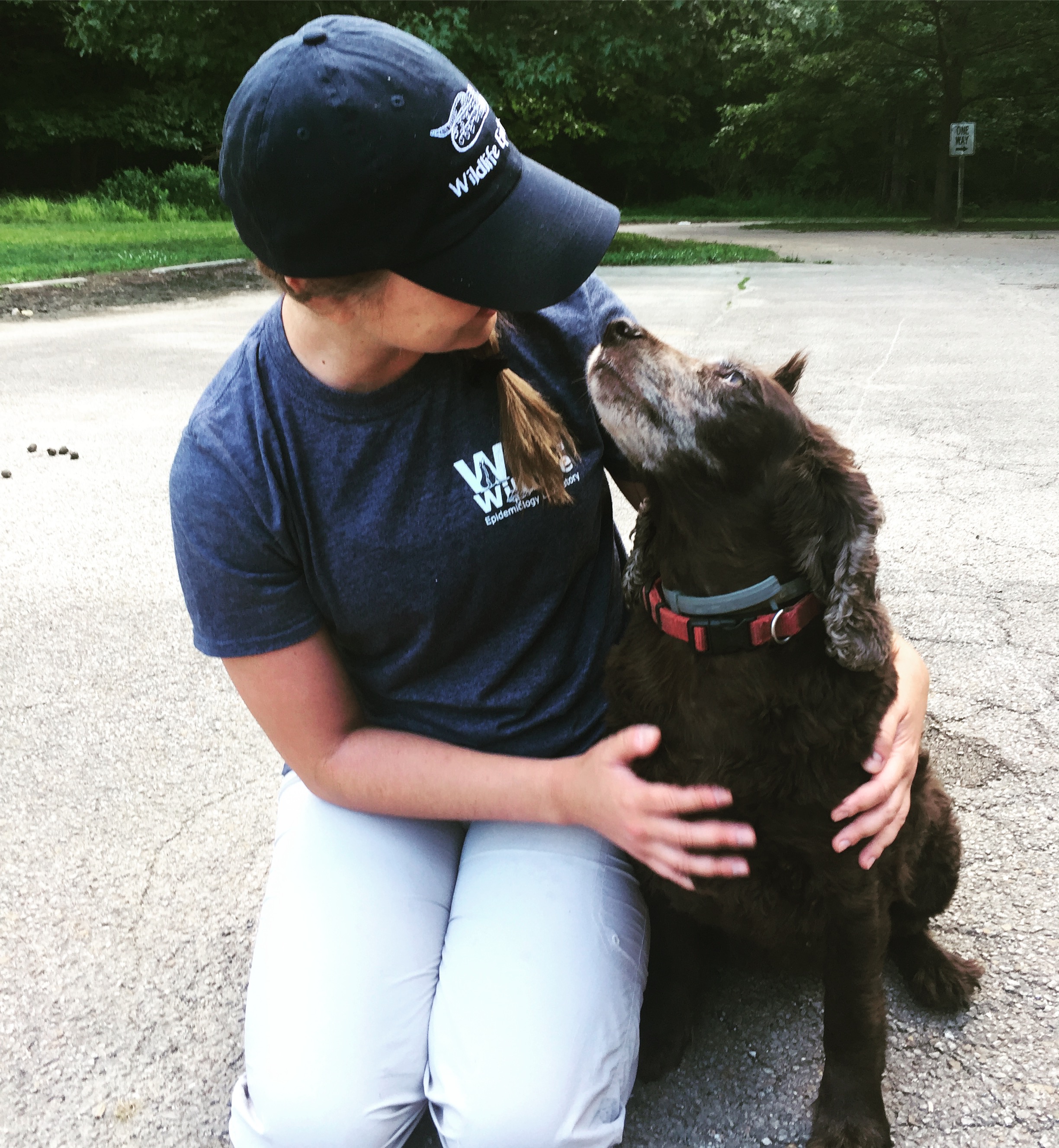
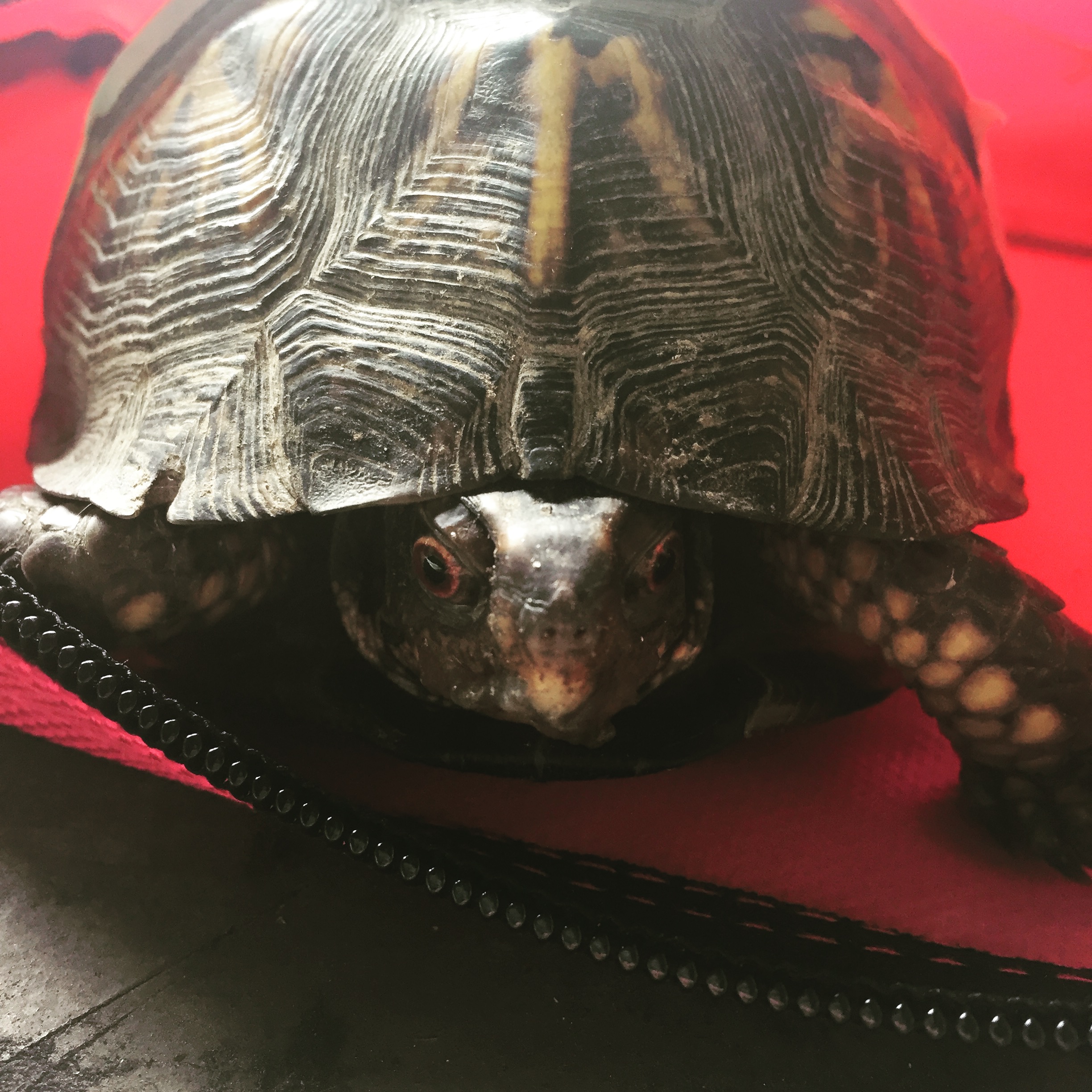
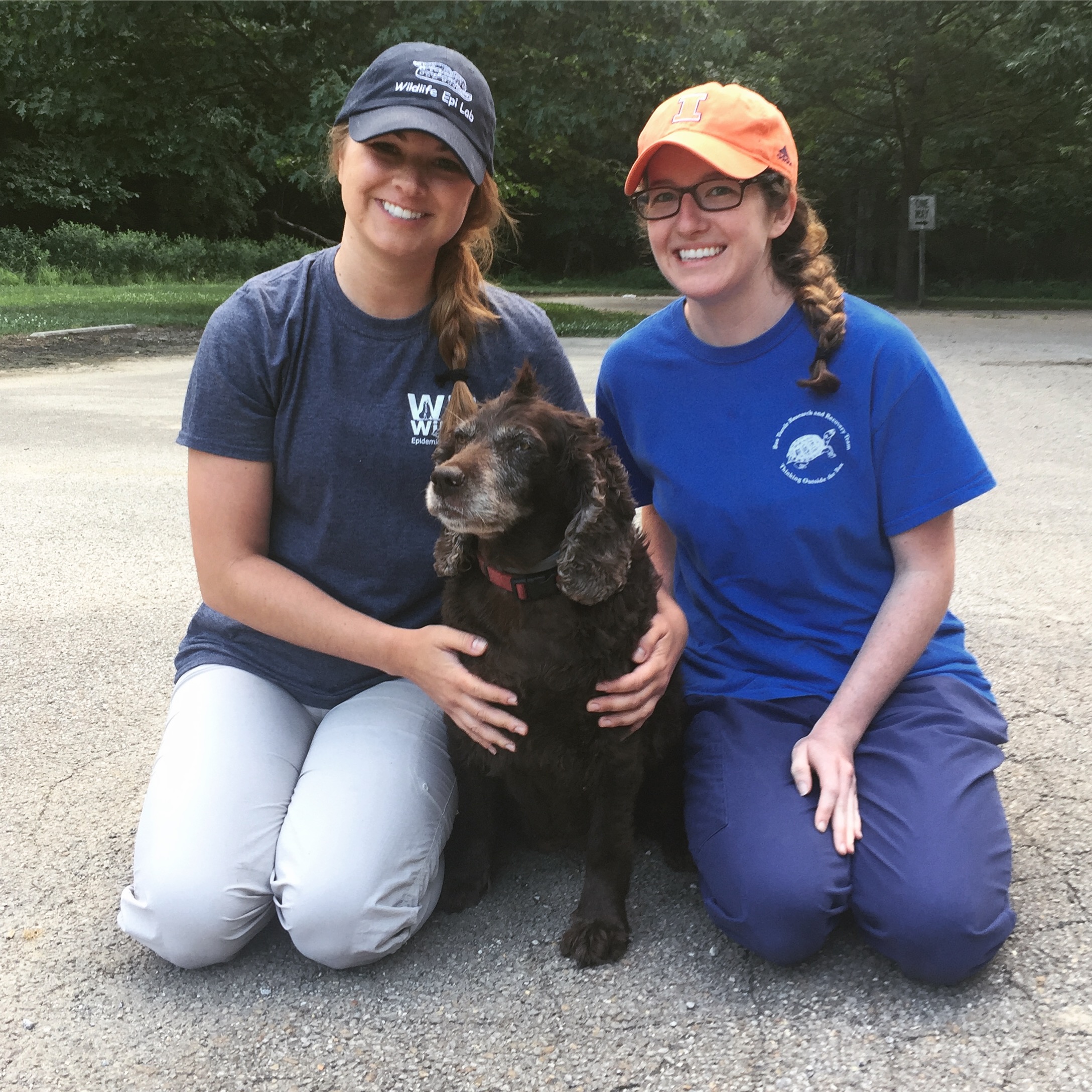
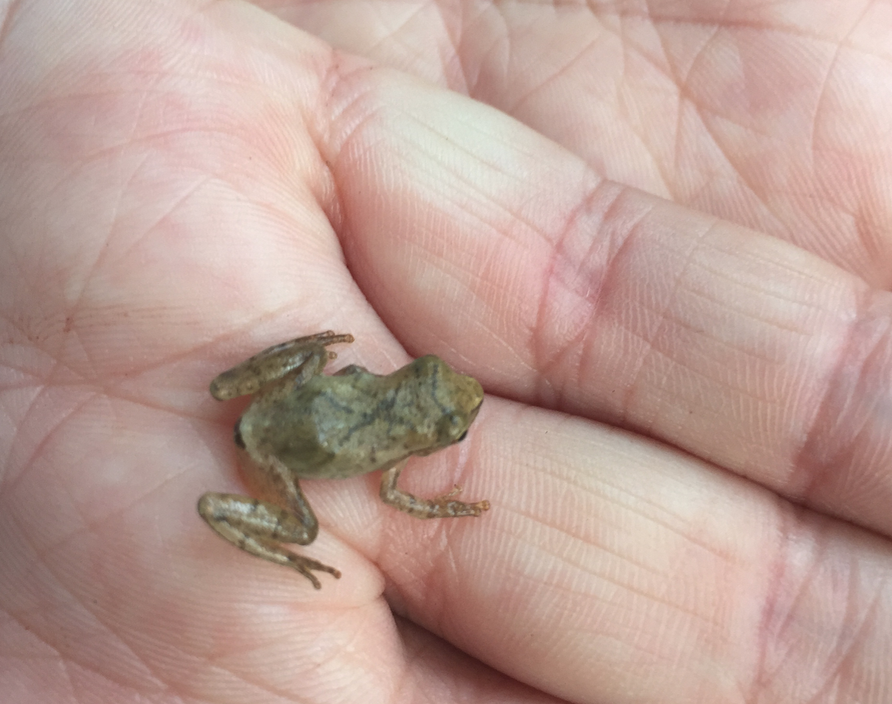
It was fun to see how well John, Lauren, Marta, and Sam’s projects are going this summer and spend a few weeks helping out! I am very proud to be surrounded by such hard working peers.
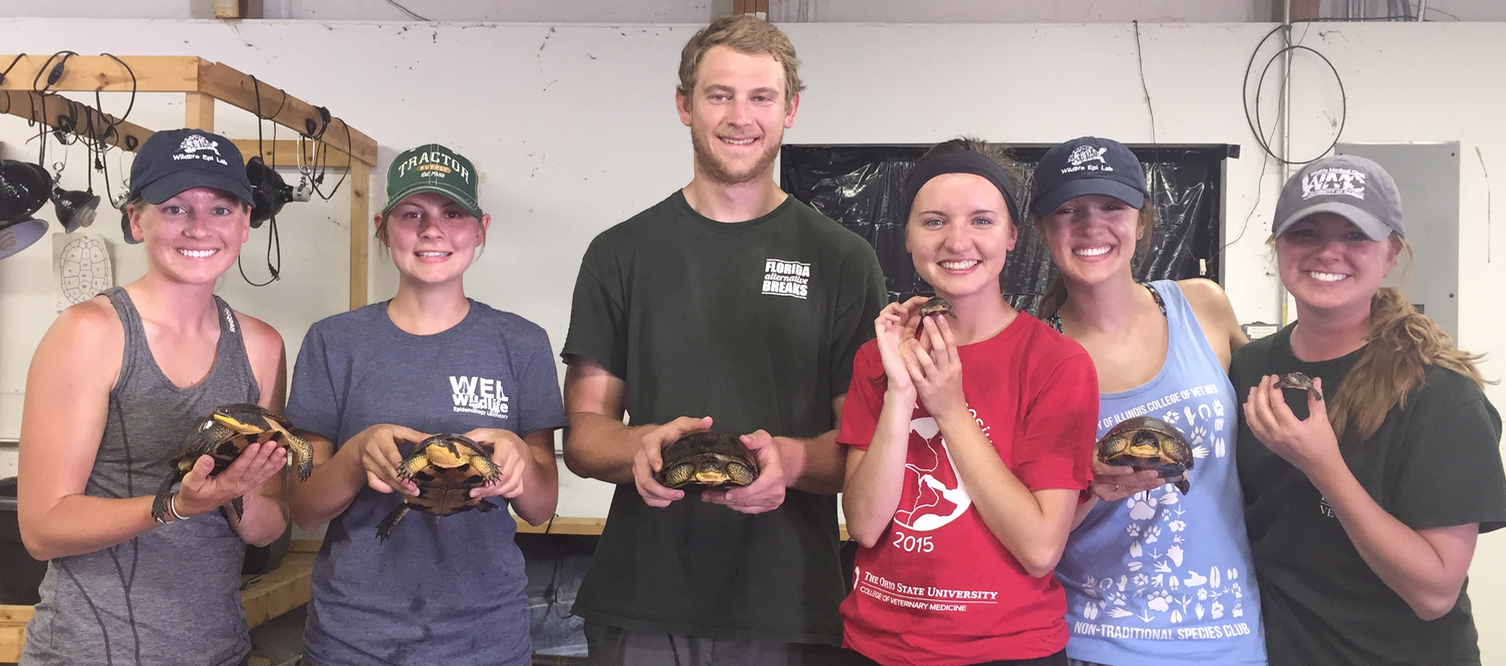
“I don’t just ride rollercoasters. I LOVE rollercoasters.”
– Dr. Matthew Allender
